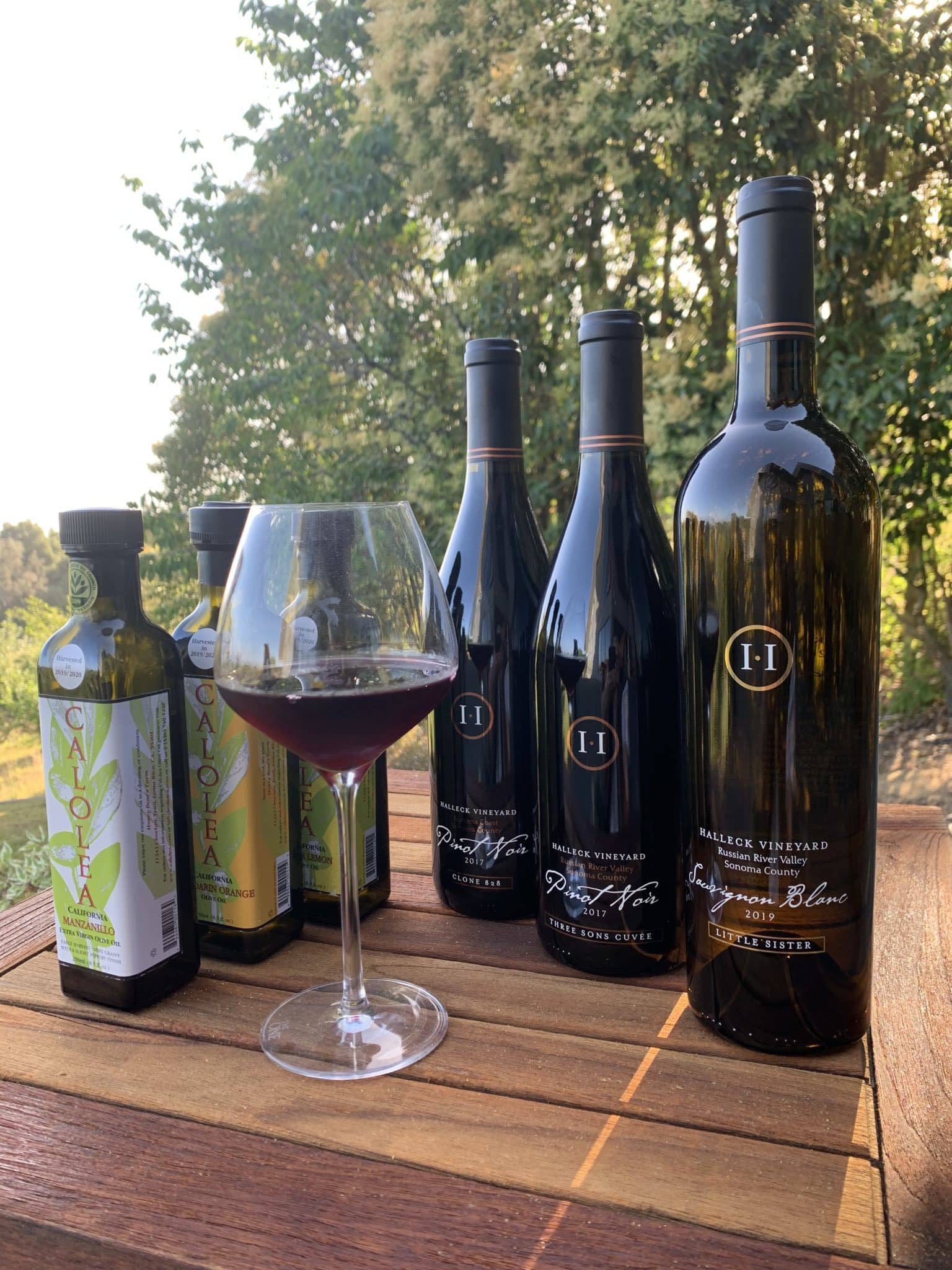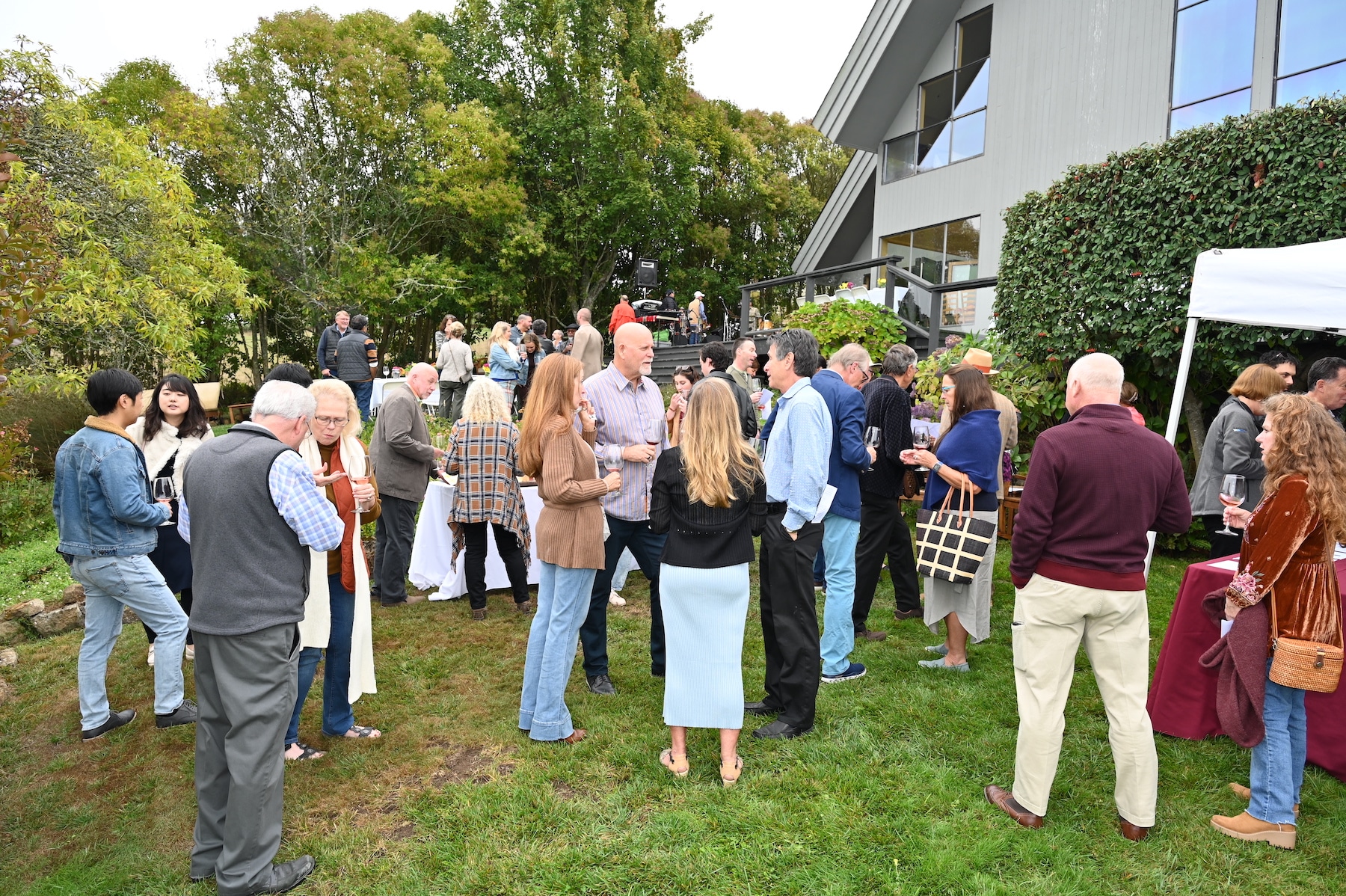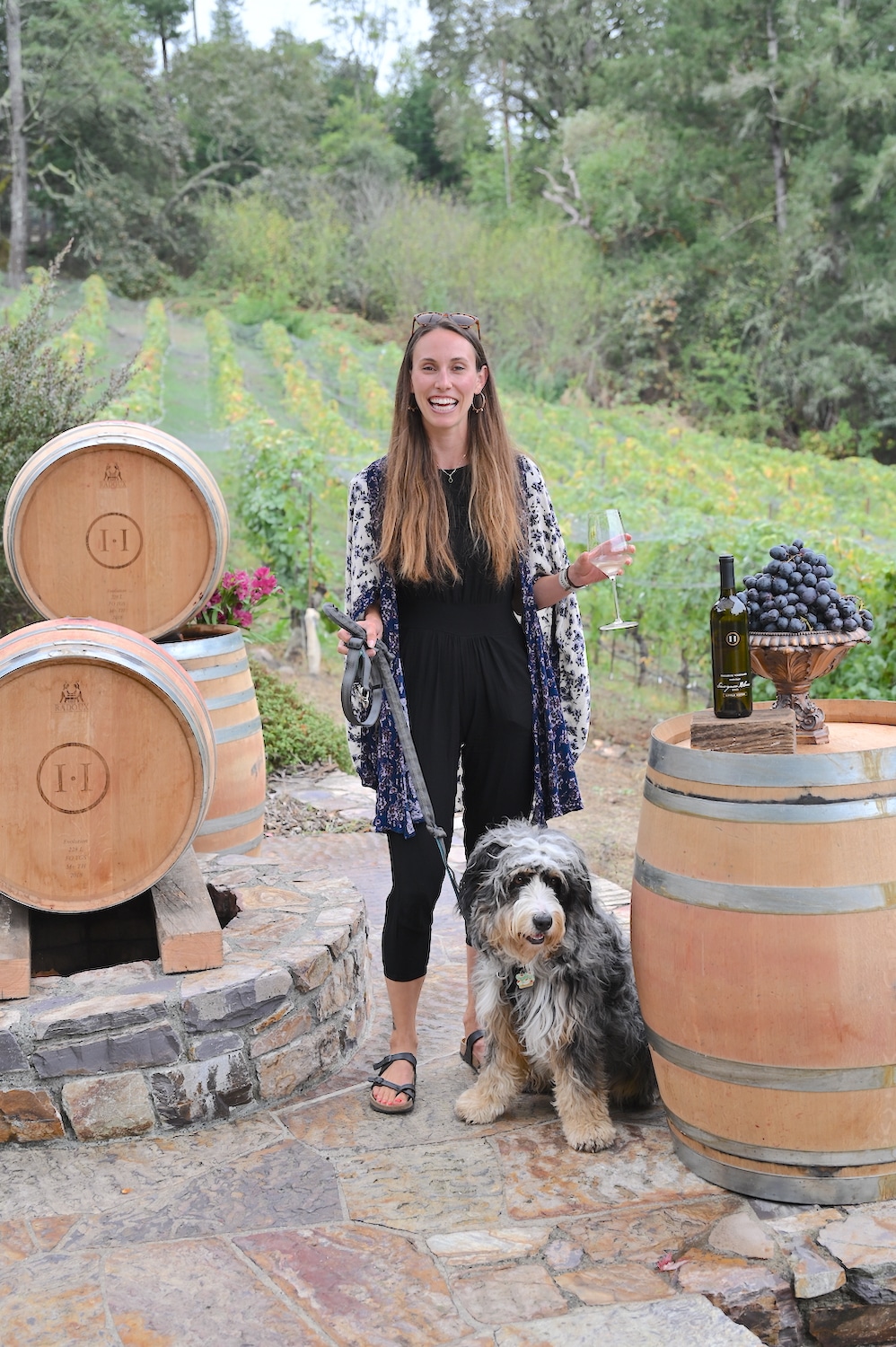Cultural Wine Experiences In Sonoma County - Top Sonoma Wineries To Visit
Cultural Wine Experiences In Sonoma County - Top Sonoma Wineries To Visit
Blog Article
Rustic Family-Owned Wineries In Sebastopol - Sonoma Vineyard Tours
Wine tasting is an art that mixes sensory experience with an appreciation for the nuances of various varietals. How to judge flavors in winery wine tasting sessions is pivotal to greedy the complexities of wine.
Engaging in a wine tasting includes greater than simply sipping and savoring. It requires a targeted approach to establish aromas and flavors that each wine presents. As you start, observe the wine's appearance, noting its shade and readability. These visual cues typically suggest a wine’s age, grape selection, and even potential flavor profiles.
The next step within the tasting course of is to swirl the wine in your glass. This motion releases aromatic compounds which are very important for analysis. Lean in and take a second to inhale deeply; the aromas can vary from floral and fruity to spicy and earthy. The nostril of the wine is just as necessary as the palate, and recognizing scents plays a major function in understanding the overall experience.
When taking your first sip, permit the wine to move throughout your palate - Wineries With Sustainable Practices. Notice the preliminary flavors that current themselves. Is the wine fruity, floral, or perhaps herbaceous? This preliminary taste gives insight into what the wine is more doubtless to express as you continue to gauge it. The mouthfeel additionally contributes to the general flavor experience; it can be silky, tannic, or even effervescent.
Wineries Near Santa Rosa - Scenic Wineries Of Sebastopol
As you continue tasting, pay consideration to the wine’s steadiness. A well-balanced wine will harmonize acidity, sweetness, and tannins. If one component overwhelms the others, it might point out a much less desirable high quality. Evaluating steadiness may help you identify how nicely the wine might pair with food.
Transitioning to the end, contemplate how the flavors evolve because the wine lingers on your palate. A lengthy, nice end can point out a high-quality wine, while a short or abrupt end may recommend in any other case. Reflect on whether or not the flavors stay consistent or if new notes emerge as the wine settles. This progression can reveal complexities and intricacies that might not have been apparent in the preliminary tasting.
Temperature can also be a crucial factor in evaluating wine flavors. Completely Different forms of wine are optimally enjoyed at specific temperatures. White wines often shine when chilled, while pink wines usually carry out best at room temperature. When tasting, ensure the wine is at the acceptable temperature to completely recognize its character.
Wineries Producing Pinot Noir And Chardonnay - Sonoma County's Best Wine Experiences
Pairing food with wine can greatly enhance the tasting experience. Foods can affect the perception of flavors in wine, both highlighting certain traits or diminishing them. When evaluating flavors, consider how the wine interacts with completely different meals, noticing which flavors are amplified or muted (Wineries With Estate-Grown Grapes).

Think About the influence of terroir as you engage in a winery tasting. Terroir encompasses the unique environmental components that affect grape growing, including soil composition, climate, and geography. Understanding a wine's terroir can present insight into its flavors and aromas, fostering a deeper appreciation for the choices made throughout its cultivation and manufacturing.
Education performs a basic position in enhancing one's capacity to gauge wine flavors. Studying about grape varieties, wine areas, and production methods can pave the method in which for more knowledgeable judgments during tastings. Additionally, attending workshops or classes can refine sensory skills and broaden your flavor vocabulary, enabling you to articulate tasting notes extra successfully.
Lastly, it is important to keep in thoughts that evaluating wine flavors is a extremely personal experience. Particular Person preferences and perceptions will invariably shape one’s tasting journey. Enjoyment ought to be on the forefront, with the evaluation course of acting as a device to reinforce understanding and appreciation rather than create inflexible tips.
Charming Wineries With Views In Sonoma Valley - Top-Rated Wineries In Sebastopol
In conclusion, mastering the way to evaluate flavors in winery wine tasting classes entails a mixture of sensory engagement, information, and practice. By learning to establish aromas, assess the balance, and appreciate the intricacies of flavor, wine enthusiasts can deepen their connection to each bottle they encounter. As with any art form, the more one immerses themselves within the experience, the extra they'll uncover and look these up benefit from the huge world of wine.
- Begin by observing the wine's colour and readability, as these visible components can trace at its flavor profile and getting older potential.
- Swirl the wine gently in your glass; this releases fragrant compounds, allowing you to better determine the advanced scents related to the wine.
- Take a deep inhale before tasting, specializing in both main and secondary aromas to gather insights on fruits, spices, and other nuances.
- When tasting, allow the wine to coat your palate; note the preliminary flavors, the mid-palate complexity, and the finish as these stages can present completely different flavor highlights.
- Pay attention to texture and mouthfeel, as elements corresponding to tannin levels, acidity, and sweetness contribute significantly to the overall tasting experience.
- Examine flavors in opposition to standard wine characteristics; for purple wines, contemplate berry notes, oak affect, and herbal tones, while whites could include citrus, stone fruits, and floral hints.
- Take notes in the course of the tasting session to trace your impressions, serving to you to recollect and consider the totally different wines sampled.
- Discuss your findings with fellow tasters or winery staff, as sharing insights can enhance understanding and appreciation of particular person flavors.
- Permit time for the wine to breathe; typically, flavors evolve and reveal new dimensions after being exposed to air.
- Experiment with food pairings through the tasting as they will dramatically alter how flavors are perceived, influencing overall enjoyment.undefinedWhat ought to I search for when evaluating the aroma of wine throughout a tasting?
Start by swirling the wine in your glass to release its aromas. Bring the glass to your nostril and take a deep breath. Pay attention to the primary scents you detect, as these are often probably the most outstanding. Look for fruit, floral, natural, or earthy notes and attempt to establish particular traits, which can deepen your understanding of the wine's complexity.
Local Favorite Wineries In Sonoma - Wine Tasting Experiences In Sebastopol

How can I distinguish between completely different flavor profiles in wine?
Perceive that flavor profiles are sometimes categorized as fruit, floral, herbaceous, spicy, or mineral. Take small sips and allow the wine to coat your palate. Discover the first flavors that emerge first and the refined notes that comply with. This layering is crucial in distinguishing the wine's characteristics and will allow you to recognize its distinctive profile.
Wineries Focusing On Single Vineyard Wines - Vineyard Visits And Wine Tasting In Sonoma
What is the significance of the wine's texture in a tasting?

The texture of the wine, also recognized as mouthfeel, performs an important function in how we understand flavors. Pay attention to whether the wine feels smooth, creamy, or gritty. The physique of the wine (light, medium, or full) can enhance or distinction with flavors, providing a more rounded experience throughout tasting.
How do I assess the steadiness of flavors in wine?
Stability in wine refers back to the harmony between acidity, sweetness, tannin, and alcohol. Take a moment to evaluate whether these elements complement or intervene with one another. A well-balanced wine will have none of its elements overpowering the others, creating a pleasant tasting experience.
Wineries With Unique Tasting Experiences - Sonoma Wine Culture
What function does temperature play in evaluating wine flavors?
Temperature can significantly influence the notion of flavors. Usually, red wines are best served barely beneath room temperature, while white wines get pleasure from being chilled. As the temperature adjustments, the aromas and flavors can shift, permitting you to understand totally different traits. It’s important to taste wine at its optimal temperature for true evaluation.
Romantic Winery Destinations In Sebastopol - Best Wineries For Wine Tasting Sonoma Area
How can I enhance my tasting skills over time?
Practice is essential to improving your tasting skills. Wineries With Educational Tours In Sonoma. Attend tastings, keep a journal of your experiences, and discover several types of wines to broaden your palate. Additionally, learning about wine manufacturing and grape varieties can provide context that enhances your analysis course of, making you a extra informed taster.
Is there a specific order during which I should taste the wines?
Wineries With Sustainable Practices - Discover Sebastopol's Wine Scene
Yes, it’s advisable to taste wines from light to full-bodied and dry to candy. This development prevents the stronger flavors from overshadowing the extra delicate ones, permitting you to completely respect each wine's characteristics and nuances without palate fatigue.
How can I evaluate the aftertaste of wine?
Beautiful Picnic Areas At Sonoma Wineries - Sonoma Wine Tasting Recommendations
The aftertaste, or end, is a crucial aspect of the wine-tasting experience. After swallowing, pay attention to how lengthy the flavors linger on your palate and whether they change. A lengthy, nice finish is often an indicator of a high-quality wine, whereas a short or unpleasant end might wine tastings Sonoma counsel in any other case.
Why is it necessary to note the wine’s acidity throughout tasting?
Acidity contributes to the overall freshness and structure of the wine. Pay consideration to the tingling sensation on your tongue; larger acidity can improve the wine's liveliness and balance out sweetness. Noting acidity helps decide the wine's versatility with food and its growing older potential.
What should I do if I battle to identify particular flavors in wine?
Best Chardonnays From Sonoma Winemakers - Wineries With Outdoor Tastings In Sebastopol
Struggling to identify flavors is frequent, particularly for novices. Focus on broader classes and describe what you probably can acknowledge, such as candy or earthy notes. With practice, studying about totally different flavor profiles, and maybe utilizing flavor wheels, you may refine your senses and develop a more nuanced approach to tasting. Report this page